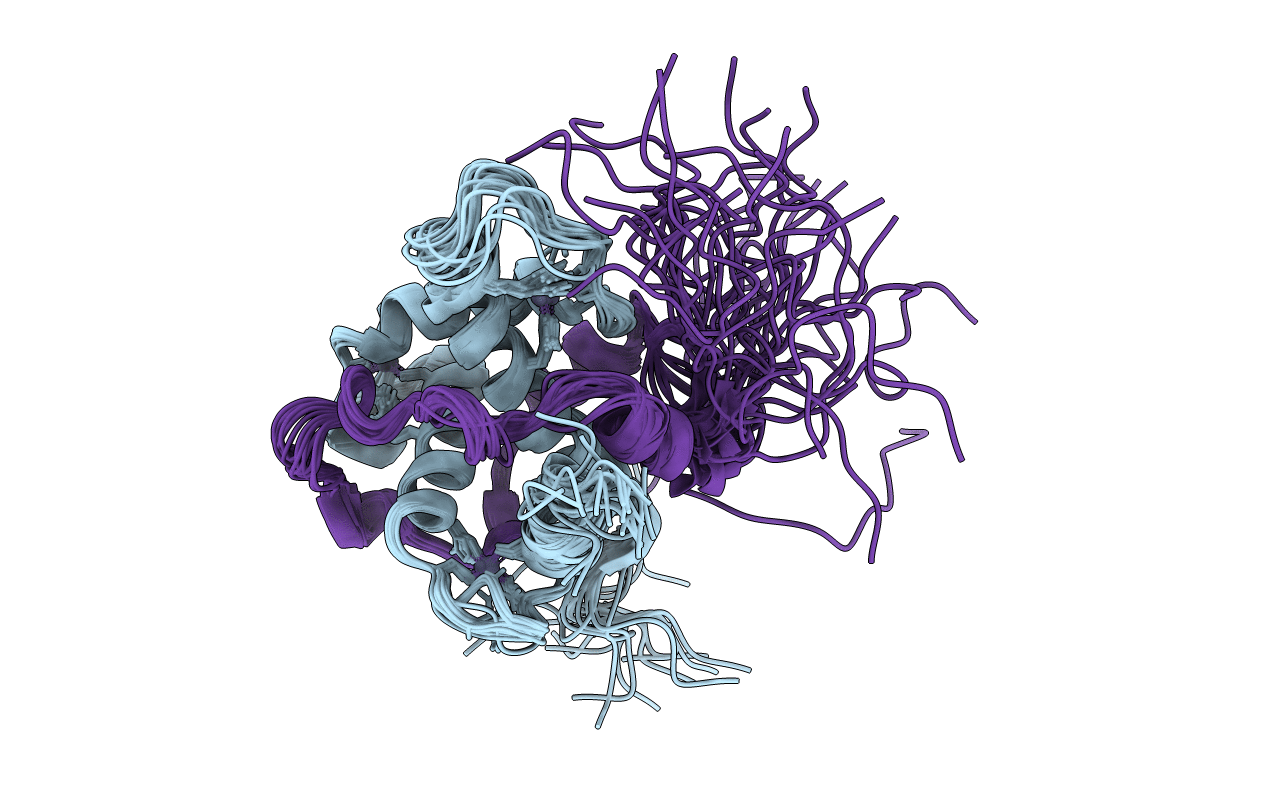
Deposition Date
2012-08-07
Release Date
2013-09-11
Last Version Date
2024-05-01
Method Details:
Experimental Method:
Conformers Calculated:
200
Conformers Submitted:
20
Selection Criteria:
structures with the lowest energy


